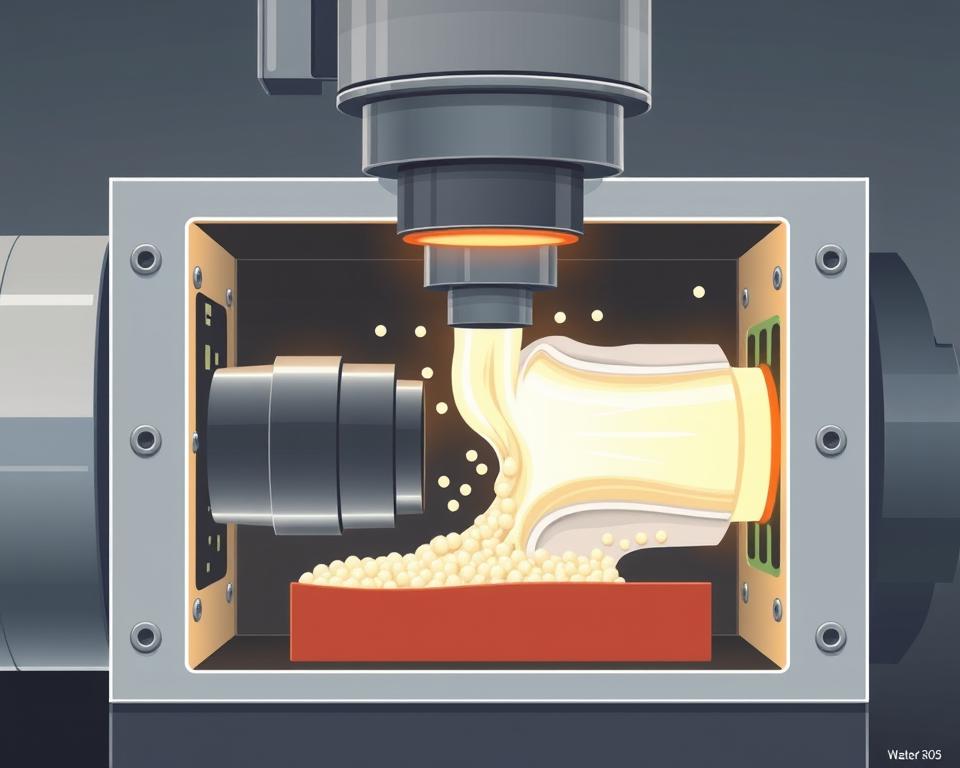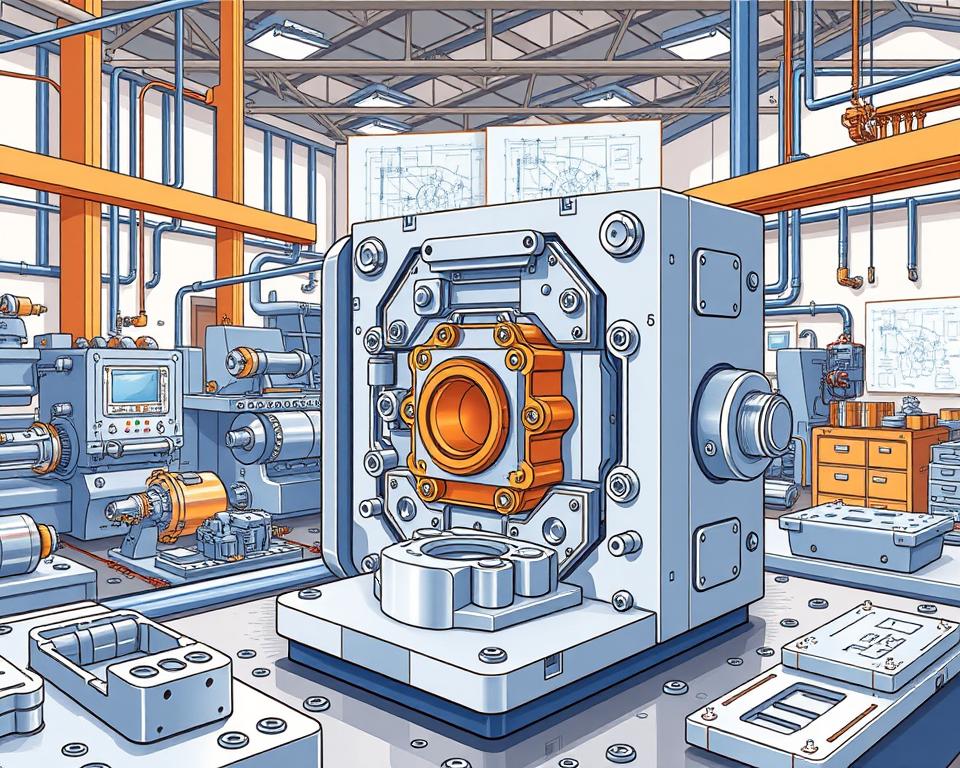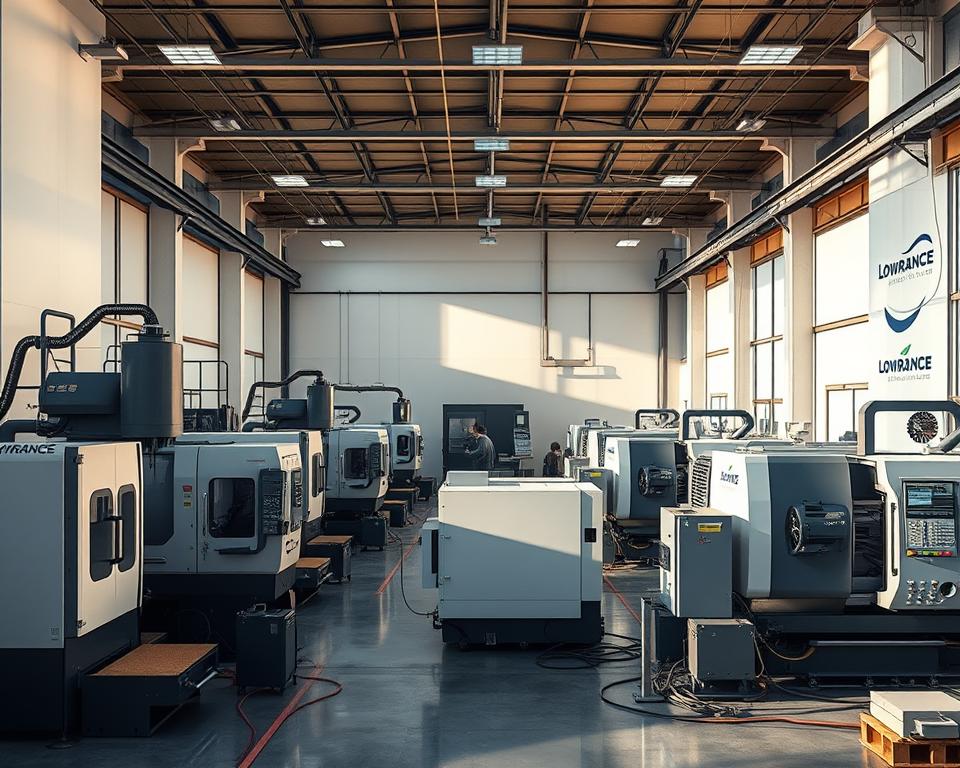Best Practices for Sourcing Injection Molding from China
The important meeting has recently finished, your new product has been approved, the timeline is aggressive, and the budget is… well, let’s just say it’s tight.. Then someone—maybe your boss, maybe the finance director—utters the phrase that sends a little jolt down every project manager’s spine: “We should look at sourcing this from China.”
You nod, of course. It makes sense on paper. The cost savings can be huge. Yet your thoughts are already spinning. You know the rumors, don’t you? Quality failures, endless communication gaps, shipments arriving months late and nothing like the prototype. It can feel like you’re being asked to walk a tightrope between landing a huge cost win for the company and steering your project straight into a ditch.
However, here’s the reality. Sourcing China injection molding doesn’t have to be a gamble. It’s simply another project with clear steps. And as with any project, success depends on your methodology. It isn’t about the cheapest offer but about choosing the right supplier and running the process transparently. Ignore the nightmare anecdotes. Let’s walk through a real-world playbook for getting it right.

Initial Step: Prepare Your Information
Before you mention “supplier” or browse Alibaba, organize your internal data. Truthfully, over fifty percent of offshore sourcing issues originate in an unclear project brief. You cannot expect overseas partners to interpret your unspoken requirements. A vague RFQ is like telling a contractor to bid on “a house.” The responses you get will be all over the map, and none of them will be useful.
Your RFQ should be bulletproof—clear, detailed, and unambiguous. This package is your project’s foundation.
What should you include?
First, your 3D CAD files. These are non-negotiable. Provide files in common formats (e.g., STEP, IGS) to prevent import issues. This serves as the definitive part geometry reference.
However, 3D alone won’t cut it. You also need detailed 2D drawings. This details critical info missing from the 3D file. Think tolerances, material grades, finish specs, and any feature-critical notes. If a specific surface needs to be perfectly smooth for a seal, or a particular hole diameter is vital for an assembly, your 2D drawing needs to shout it from the rooftops.
Then specify the material. Don’t just say “Plastic.” Nor just “ABS.” Be explicit. If you need SABIC Cycolac MG38 in black, say exactly that. Why be exact? Because resin grades number in the thousands. Specifying the exact resin grade ensures you get the strength, flexibility, UV resistance, and color consistency you planned for with what is plastic mold.
They can offer alternatives, but you must provide the initial spec.
Finally, include the business details. What’s your forecasted annual volume (EAU)? A supplier needs to know if they’re quoting a tool that will make 1,000 parts in its lifetime or 1,000,000 parts a year. The tool design, the number of cavities, and the price per part all hinge on this number.
Hunting for the Best Supplier
Now that your RFQ is pristine. now, who do you send it to? The internet has made the world smaller, but it’s also made it a lot noisier. Finding suppliers is simple; finding quality ones is tough.
Begin on popular marketplaces such as Alibaba or Made-in-China. They let you survey dozens of suppliers quickly. Use them to build a shortlist, not the final list. Aim for a preliminary list of 10–15 potential partners.
But don’t stop there. Consider using a sourcing agent. They do cost extra. Yet top agents deliver reliable, audited suppliers. They bridge language and cultural gaps. As a newcomer, this offers priceless security. It’s schedule protection.
Another tactic: trade exhibitions. If you have the travel budget, attending a major industry event like Chinaplas can be a game-changer. Nothing beats a face-to-face conversation. Inspect prototypes, interview engineers, and sense their capabilities. And don’t forget the oldest trick in the book: referrals. Tap your professional contacts. Peer endorsements carry huge weight.
Separating Real Suppliers from Pretenders
With your RFQ dispatched to dozens of firms, the quotes will start trickling in. You’ll see ridiculously low offers and steep quotes. Your task is to filter them down to 2–3 credible finalists.
What’s the method? It blends technical checks with intuition.
First, look at their communication. Do they respond quickly and clearly? Do they communicate effectively in English? But here’s the real test: Are they asking you intelligent questions? Top vendors will critique and inquire. For instance: “Draft angle here could improve mold release. Tolerance check via CMM adds cost—proceed?” That’s a huge positive sign. It proves their expertise and involvement. A supplier who just says “No problem” to everything is a walking red flag.
Afterward, verify their technical arsenal. Ask for a list of their equipment. More importantly, ask for case studies of parts they’ve made that are similar to yours in size, complexity, or material. If you’re making a large, complex housing, you don’t want a shop that specializes in tiny gears.
Finally, inspect the factory. You can’t skip this. You would never hire a critical employee without an interview, so why would you send tens of thousands of dollars for a tool to a company you’ve never truly vetted? You can either go yourself or, more practically, hire a third-party auditing firm in China to do it for you. They’ll send a local inspector to the factory for a day. They will verify the company is real, check their quality certifications like ISO 9001, assess the condition of their machinery, and get a general feel for the operation. That small investment can save you thousands.
From Digital File to Physical Part
You’ve selected your partner. you’ll agree on terms, typically 50% upfront for tooling and 50% upon first-sample approval. Now the process kicks off.
The first thing you should get back after sending your payment is a DFM report. DFM stands for Design for Manufacturability. It’s their professional review of your CAD. The report calls out sink-risk zones, stress-causing corners, and draft angle gaps. Comprehensive DFM equals a top-tier supplier. It’s a two-way partnership. You iterate with their team to optimize the mold.
With DFM sign-off, toolmaking begins. A few weeks later, you’ll get an email that will make your heart beat a little faster: “T1 samples have shipped.” These represent the first trial parts. They are your moment of truth.
T1 parts usually require adjustments. It’s par for the course. There will be tiny imperfections, a dimension that’s slightly out of spec, or a blemish on the surface. You supply feedback, they tweak the tool, and T2 plastic mold samples follow. You may repeat this cycle a few times. Build buffer time for sample iterations.
Finally, a flawless part arrives. Dimensions, finish, and performance all check out. This is now the benchmark sample. You formally approve it, and this sample is now the standard against which all future mass-produced parts will be judged.
Completing the Sourcing Journey
Getting that golden sample feels like the end, but it isn’t. Now you’re entering the mass production phase. How do you maintain consistency for part 10,000?
Implement a robust QC plan. Often, you hire a pre-shipment inspection service. Again, you can hire a third-party service. For a few hundred dollars, they will go to the factory, randomly pull a statistically significant number of parts from your finished production run, and inspect them against your 2D drawing and the golden sample. They provide a photo-filled inspection report. Once you sign off, you greenlight shipping and the last payment. This step saves you from a container of rejects.
Lastly, plan logistics. Clarify your Incoterms. Is your price FOB (Free On Board), meaning the supplier’s responsibility ends when the goods are loaded onto the ship in China? Or EXW, where you handle everything from their gate? Your Incoterm selection drives landed expenses.
Overseas sourcing is a marathon. It’s about building a relationship with your supplier. Treat them like a partner, not just a line item on a spreadsheet. Transparent dialogue, respect, and process discipline win. It’s a challenging project, no doubt. But with this roadmap, you can succeed, achieve savings, and maintain quality. You’re set to succeed.


